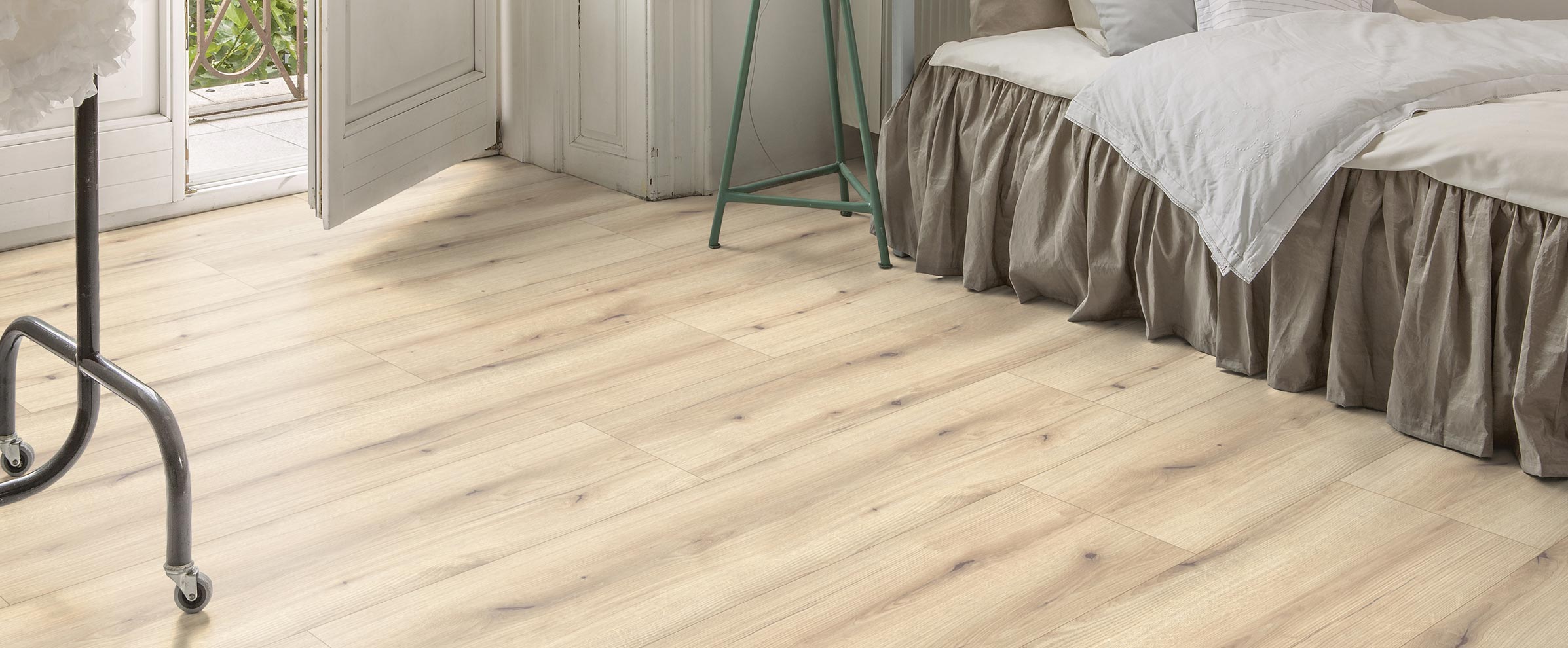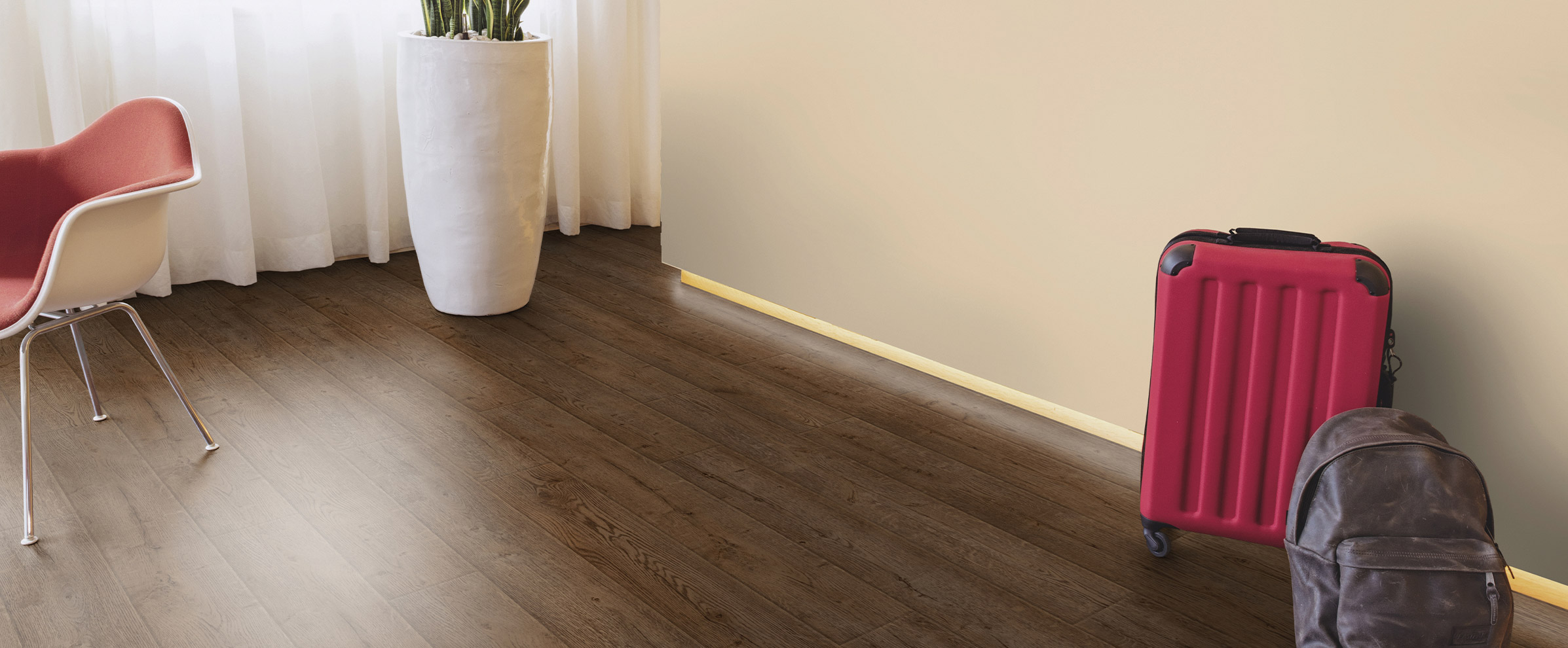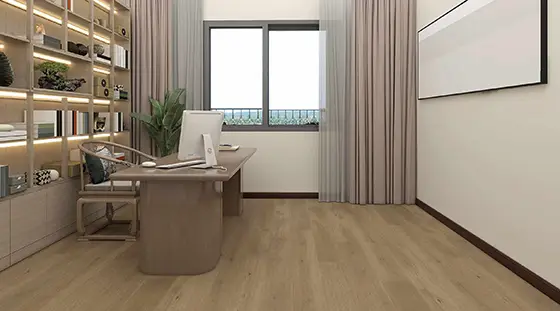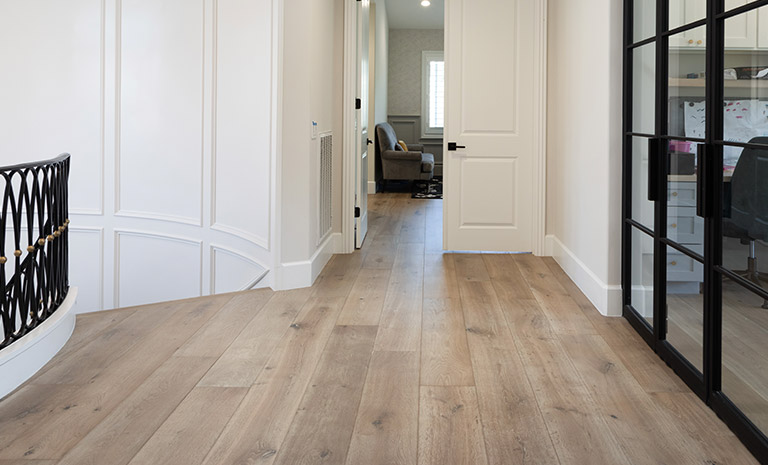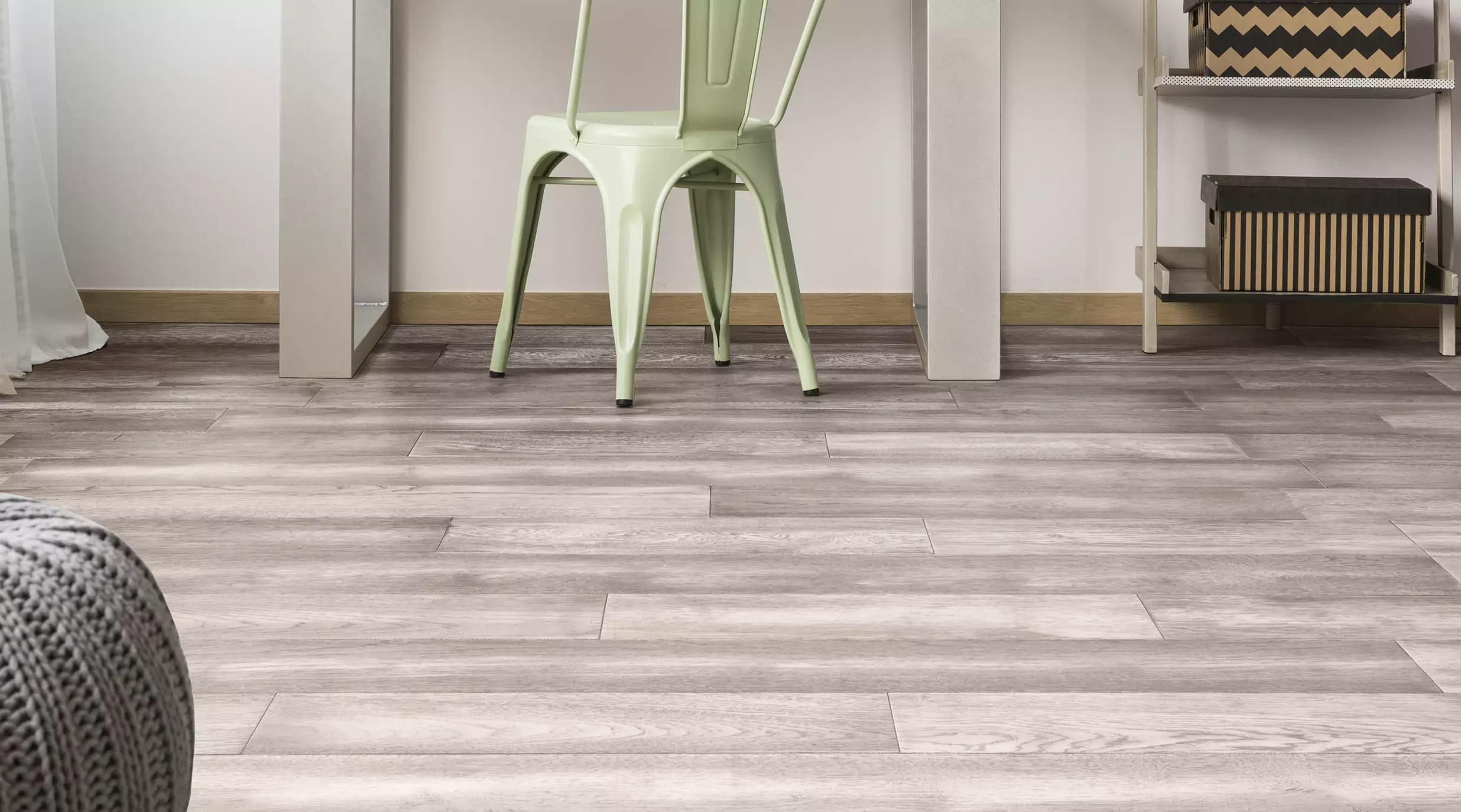Tips for Handling Asbestos During Home Renovations
by Brian Turner
Since Hurricane Sandy hit the tri-state area, many older homes must be renovated and rebuilt. These home renovations must be greeted with caution because many homes built before 1970 may have materials containing asbestos. Insulation, floor tiles, drywall and joint compounds may all contain asbestos.
Asbestos may become airborne when removed from the home for replacement. When asbestos is inhaled, it becomes lodged in the lungs. Ten to 50 years later, it may develop into mesothelioma. This type of cancer is difficult to treat and may be fatal. Consider these tips to minimize asbestos exposure:
1. Do Not Disturb Asbestos
If you encounter asbestos, you should not drill through it, saw it, break it, hammer it or disturb it in any way. Housekeepers or janitors should not sand or buff floor tiles made with asbestos. Wet stripping is recommended with floor tiles made of asbestos. During the buffing process, low abrasion pads are recommended. Speeds below 300 are suggested.
2. Involve Professionals for Asbestos Containment
Report all suspected asbestos materials to Environment, Health and Safety (EHS). The report may include damaged insulation on a pipe, broken ceiling tiles and spray-on insulation. Asbestos abatement workers may be hired to determine if asbestos is present and remove it from the home. In the meantime, others should be prevented from disturbing the asbestos to avoid exposure.
3.Monitor Your Health After Exposure
After exposure to asbestos, you should monitor your health closely for early detection. A mesothelioma blood test can detect the cancer before symptoms appear. After exposure, you should be tested annually. Ensure the test is approved by the FDA. Other diagnostic tests may include an X-ray of the lungs to determine how well the lungs are working.
Click Image to Enlarge
Image courtesy of the Mesothelioma Cancer Alliance.



